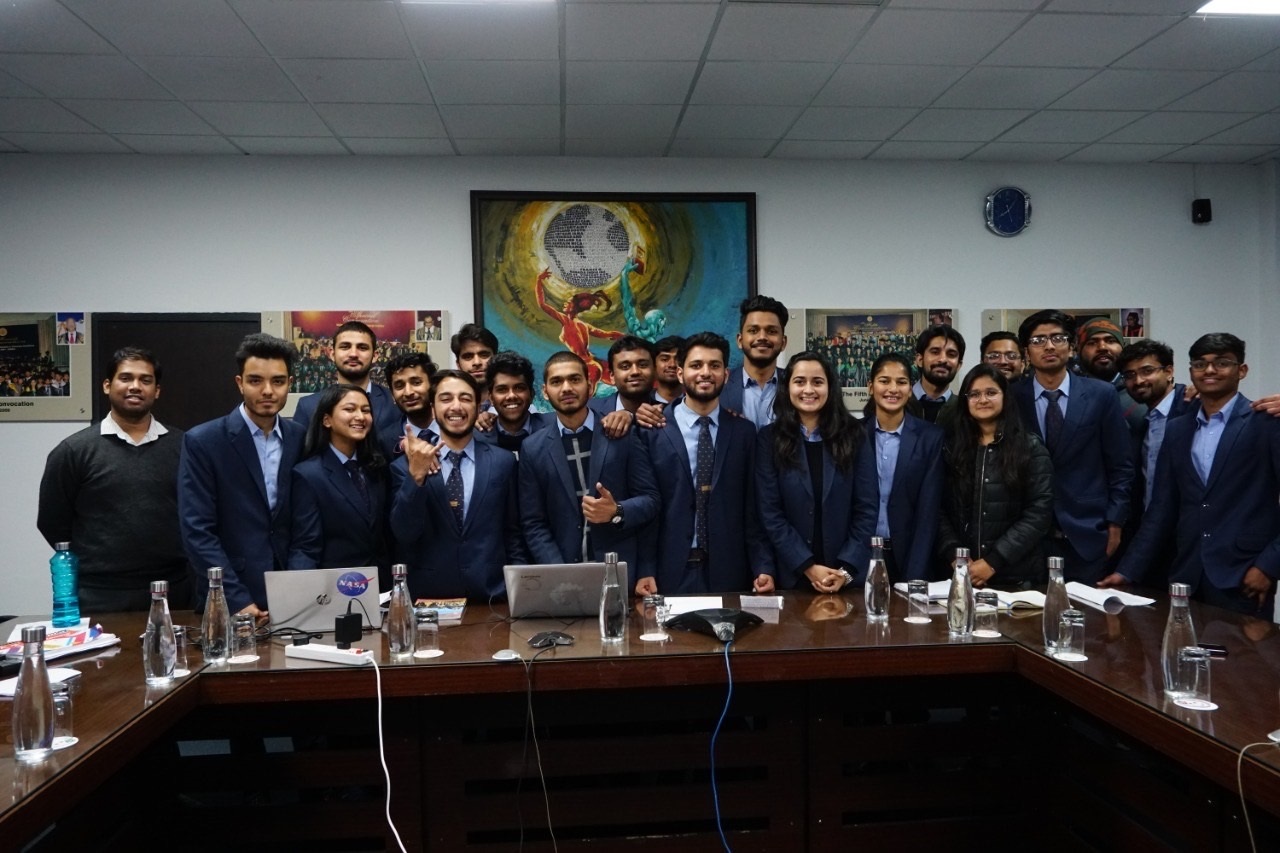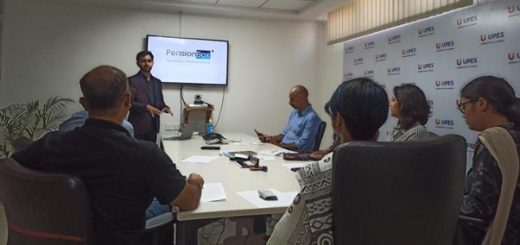UPES students’ research to aid targeted drug delivery systems

Arsh Bansal and Aakash Jain, students at UPES School of Health Sciences and Technology, have co-authored a research paper on the synthesis of silver nanoparticles. The study, which has been published in Springer’s BioMetals, an international, multi-disciplinary journal, can help in the delivery of drugs to specific tissues with greater accuracy
Research in the field of health sciences plays a vital role in developing effective interventions and advancements. Such breakthroughs can lead to equity and improved outcomes in public health globally, transforming the healthcare landscape.
UPES School of Health Sciences and Technology has always been at the forefront of making significant discoveries that impact society. Contributing to this realm of knowledge, two of its students, Arsh Bansal and Aakash Jain, have co-authored a research paper on the synthesis of silver nanoparticles, along with Deepanmol Singh, Assistant Professor, Department of Pharmaceutical Sciences; Dr. Surajit Mondal, Assistant Professor, School of Engineering; and Ravi Kumar Patel, alumni of UPES School of Engineering.
The paper is titled ‘GC-MS based lemon grass metabolite analysis involved in the synthesis of silver nanoparticles and evaluation of photo-catalytic degradation of methylene blue.’ It was published in Springer’s BioMetals, an international, multi-disciplinary journal on the role of metal ions in biological systems.
Aakash and Arsh are currently pursuing their Bachelor’s degrees in Pharmacy. They were introduced to research by their faculty and mentor, Deepanmol Singh. “He was working on silver nanoparticle synthesis and out of curiosity, we questioned about the project. And that’s how we first learned about this topic. We were so intrigued that we began working on it immediately,” reveals Aakash. “Curiosity compelled us to discover more about silver nanoparticles and other project components,” Arsh adds.
The objective of this study is to create silver nanoparticles using lemon grass metabolite. Aakash explains, “In lemon grass extract, there are a number of metabolites (phytoconstituents) that show reducing activity, which can reduce silver nitrate solution to form silver nanoparticles and to check, whether synthesised nanoparticles show photocatalytic activity on methylene blue dye.” Arsh says, “The other major part involves characterisation of synthesised particles using advanced techniques and instrumentation, and finally to find the possible method for the degradation.”
What are the real-world applications of this study? Arsh says, “Based on our research, we concluded that a small amount of silver nanoparticles can act as a catalyst to harmful dyes that can degrade our natural environment, resulting in cost-effective and pollutant-reducing results.”
“This study is significant since silver nanoparticles have antimicrobial activity and have potential use in the delivery of drugs to specific tissues with greater accuracy. It is employed as an antimicrobial, chemotherapeutic and in cosmetology,” says Aakash.
For Arsh and Aakash, this research has led them to a whole different world of learning, and they hope to work on more such projects in the future.
At UPES, students interested in research are mentored by faculty and assisted in every way possible – from access to equipment and literature, data collection, to manuscript development. Students are encouraged to implement their classroom learning in practical work and open their minds to the possibilities that research can reveal.



